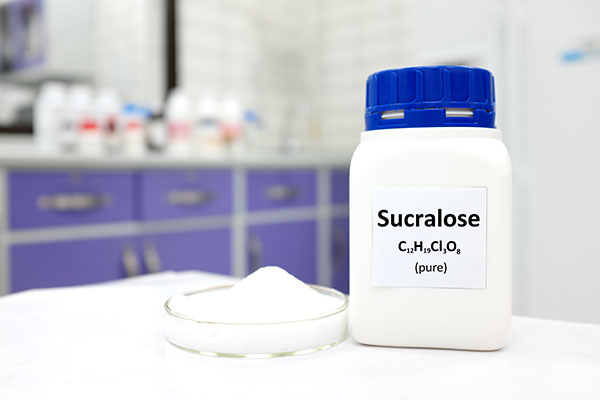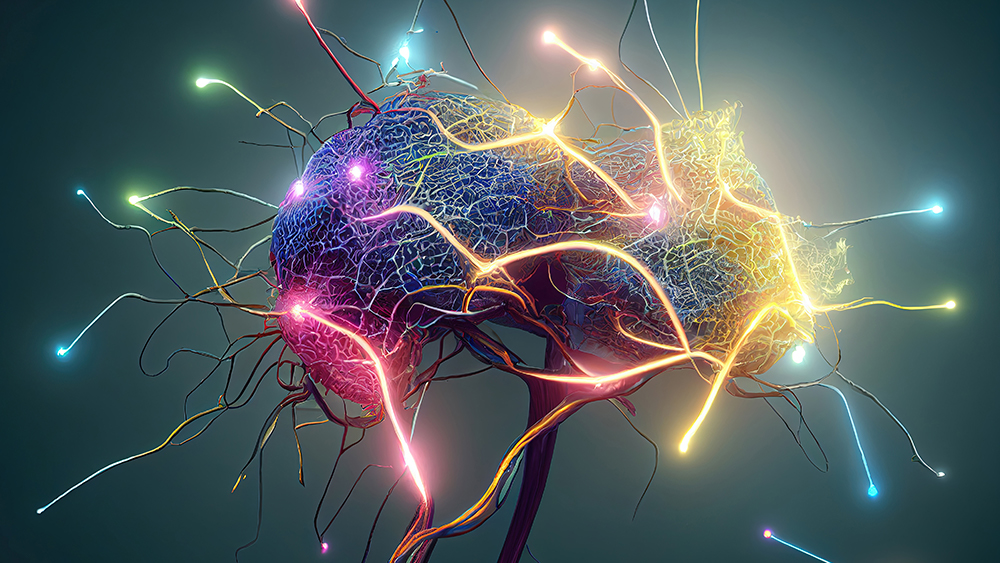Scientists explain why RIGHT SIDE SLEEPING is best to improve the efficiency of the glymphatic system
10/20/2025 / By Lance D Johnson

While we rest, our brains are not merely offline; they are engaged in a deep-clean operation, flushing out the metabolic debris of the day. Groundbreaking research now suggests that the success of this nocturnal purification ritual may hinge on a surprisingly simple factor: the position in which we sleep. The emerging science of the glymphatic system reveals that how we lie down at night could be a powerful, underutilized tool in the long-term fight for cognitive health, with a specific posture—sleeping on the right side—emerging as a potential champion for brain cleansing.
Key points:
- The brain possesses a unique waste-clearance network called the glymphatic system, which is most active during sleep.
- This system is responsible for flushing out toxic proteins, including amyloid-beta, which is linked to Alzheimer’s disease.
- Sleep posture significantly influences the efficiency of this process, with research indicating the right-side position may be optimal.
- This discovery turns a mundane habit into a potential preventative health strategy against neurodegenerative decline.
The brain’s secret janitorial crew
For decades, how the brain, an organ encased in a solid vault, managed its own waste was a puzzle to scientists. The rest of the body relies on the lymphatic system, a network of vessels that drain away cellular trash. The brain, it was long thought, lacked a direct equivalent. This mystery began to unravel in 2012 with the discovery of the glymphatic system, a name derived from its dependence on glial cells, the brain’s support cells, and its functional similarity to the lymphatic system. This system acts as a microscopic power-washer, using channels formed by glial cells that run alongside the brain’s blood vessels.
During the day, as neurons fire and we engage with the world, our brain activity generates metabolic waste, including proteins like amyloid-beta. If left to accumulate, these proteins can form the sticky plaques infamous in Alzheimer’s disease. The glymphatic system’s primary job is to flush these harmful substances out, using waves of cerebrospinal fluid—the clear liquid that cushions the brain and spinal cord. Think of it as a gentle, constant tide that washes through the intricate landscape of the brain, carrying away the toxic litter of the day’s activities. As neuroscientist Maiken Nedergaard, Ph.D., a leading researcher in the field, observed, “It is interesting that the lateral sleep position is already the most popular in human and most animals—even in the wild—and it appears that we have adapted the lateral sleep position to most efficiently clear our brain of the metabolic waste products that built up while we are awake.”
Why sleep is the optimal shift for brain cleaning
The connection between sleep and brain restoration is ancient wisdom, but the glymphatic system provides a mechanical explanation for why we feel mentally refreshed after a good night’s rest. This cleansing system is not merely active at night; it is predominantly active during sleep, and for a specific physiological reason. When we are awake, our brain cells are packed tightly together, leaving little room for fluid to flow between them. The state of being awake is chemically supported by high levels of neurotransmitters like norepinephrine, which keep brain cells in a close-knit, alert configuration.
When we transition into sleep, particularly the deep, slow-wave stages, the brain’s chemistry changes dramatically. Norepinephrine levels drop, and the brain’s cellular architecture physically transforms. The glial cells that form the glymphatic channels shrink, and the space between neurons expands by more than 60 percent. This expansion dramatically reduces resistance to fluid flow, effectively opening the floodgates for cerebrospinal fluid to surge through the brain’s interstitial highways. This nightly deep-clean is not a luxury; it is a biological necessity. Chronic sleep deprivation, therefore, is not just about feeling tired. It means the brain’s primary waste-disposal service is being consistently canceled, allowing potential neurotoxins to build up over time, creating a fertile ground for cognitive decline.
The surprising power of posture
If sleep is the when of brain cleansing, posture is the how. Recent investigations have moved beyond simply establishing that sleep enables glymphatic function and have begun to ask which physical conditions make it most efficient. A pivotal 2020 study published in the journal Brain Sciences used advanced neuroimaging to track the flow of cerebrospinal fluid in rodents during different sleep positions. The findings were striking. The researchers discovered that glymphatic transport was significantly more efficient when the subjects slept on their sides compared to their backs or stomachs. Furthermore, within the lateral sleep positions, lying on the right side resulted in the most effective clearance of brain waste.
The reasons for this right-side advantage are still being explored, but they are believed to be linked to the complex anatomy of the brain’s plumbing and its connection to the body’s overall circulatory system. The body’s position influences pressure gradients within the veins and the cerebrospinal fluid compartments. Sleeping on the right side may create the most favorable pressure differentials to facilitate a robust and unimpeded flow of fluid through the brain’s left hemisphere and beyond, ensuring a more thorough cleansing. This turns a universal habit into a matter of neurological housekeeping. It transforms the simple act of rolling over in bed from a matter of comfort into a conscious choice that could support the long-term health of our most precious organ.
In a world increasingly concerned with the rising tide of Alzheimer’s and other dementias, the message is one of quiet empowerment. While the search for pharmaceutical cures continues, the science of the glymphatic system illuminates a path of prevention that is accessible to everyone, every night. It connects the dots between lifestyle, sleep hygiene, and fundamental brain physiology.
Sources include:
Submit a correction >>
Tagged Under:
aging, Alzheimer's, amyloid beta, Brain, brain detox, brain function, brain health, cerebrospinal fluid, cognitive decline, dementia, detox, glymphatic system, health, lifestyle, memory, neurodegeneration, neuroscience, Nightly Cleanse, prevention, Right Side Sleeping, sleep, sleep hygiene, Sleep Position, sleep posture, wellness
This article may contain statements that reflect the opinion of the author





















